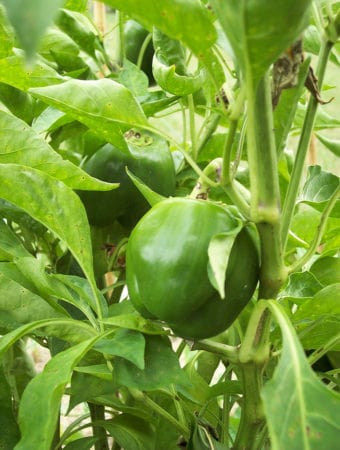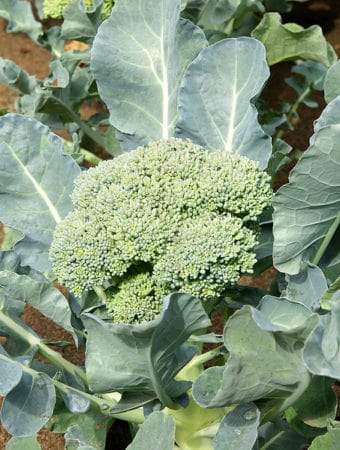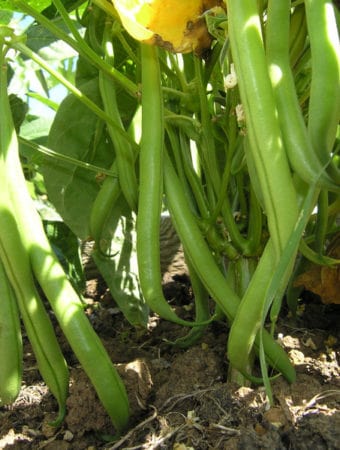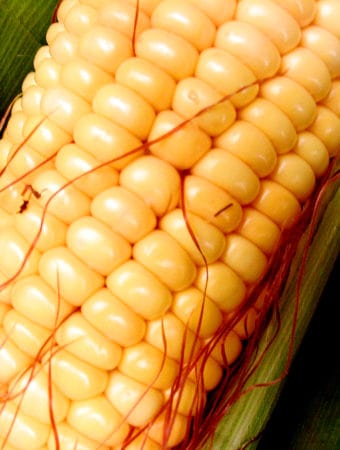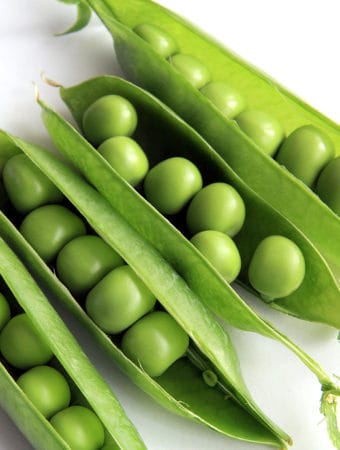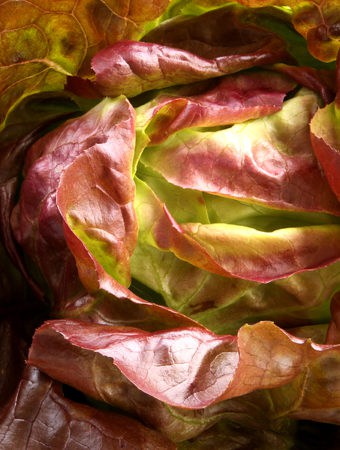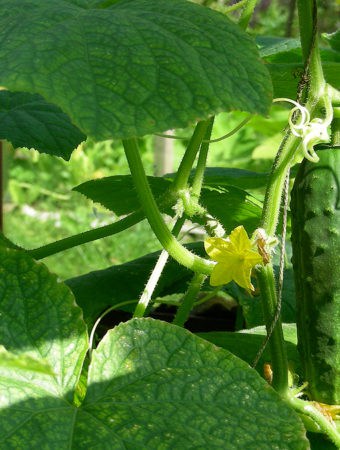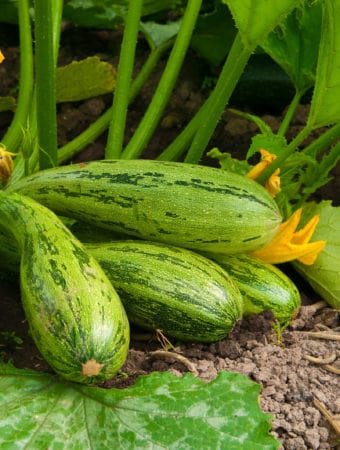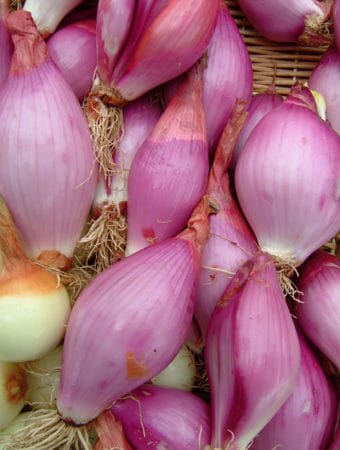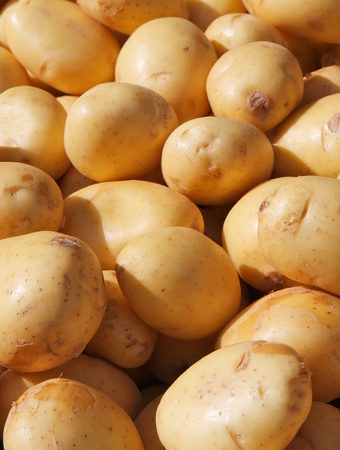Canning is the best way to enjoy fresh, flavorful garden-grown tomatoes long after harvest time.
Canned tomatoes are ideal for use in soups, stews, and casseroles. You will need 22 pounds of fresh tomatoes for a canner load of 7 quarts and 14 pounds of fresh tomatoes for a canner load of 9 pints. That’s about 2½ to 3 pounds of firm, unblemished tomatoes for each quart you can. Use vine-ripened tomatoes for the best flavor.
You can home can just about any ripe tomato out of your garden. (See How to Grow Tomatoes.) But the ultimate canning varieties are San Marzano and Roma—they are meaty and firm. But don’t shy away from canning heirlooms or any other tomato you really love. It’s all about flavor.
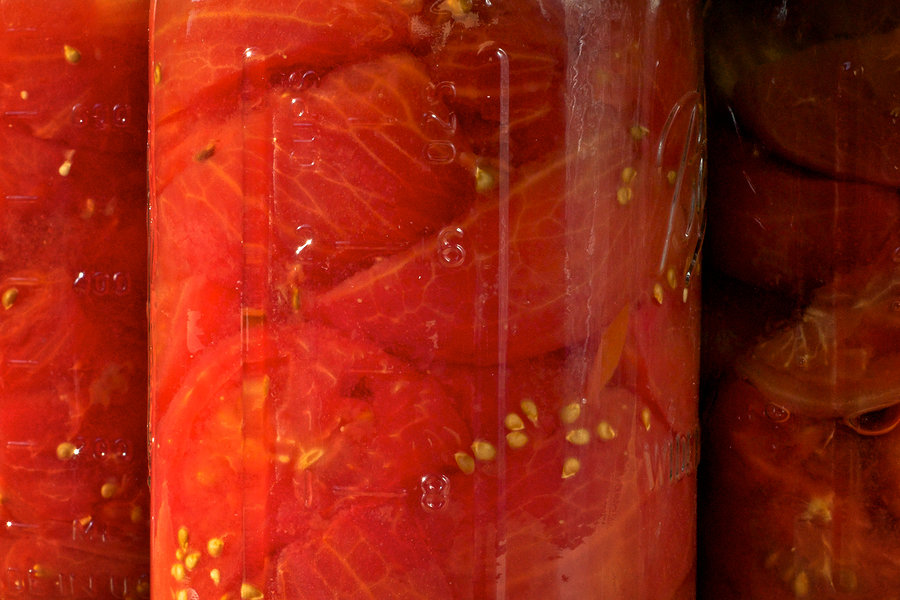
A pressure canner is the best choice for canning tomatoes. The pressure canner is said to preserve more of the tomato’s nutritional value.
The alternative is hot-water or boiling-water canned tomatoes; that’s the way your great-grandmother canned tomatoes, so it’s tried and true.
A quick safety note; it is highly recommended that you add bottled lemon juice to home-canned tomatoes. The acid from lemon juice will neutralize microorganisms that can cause illness. Use bottled, not fresh, lemon juice when canning tomatoes. Bottled lemon juice has a standardized acidity which is important for safety. (For information on all USDA canning safety guidelines visit the online site for the National Center for Home Food Preservation / nchfp.uga.edu.)
Supplies you will need to can tomatoes
- Canning jars, pints or quarts
- Matching lids and rings
- Boiling-water canner with rack OR pressure-gauge canners (most are designed to hold seven-quart jars or eight to nine-pint jars)
- Wide-mouthed funnel
- Tongs
- Jar lifter
Can whole or halved tomatoes, packed in tomato juice
Instructions
- Wash and peel tomatoes: wash then dip tomatoes in boiling water for 30 to 60 seconds or until the skins split; then dip in cold water. Leave whole or halve.
- Add bottled lemon juice: 1 tablespoon for pints, 2 tablespoons for quarts.
- Add salt if desired; ¼ to ½ teaspoon for pints, ½ to 1 teaspoon for quarts.
- Raw pack: Heat tomato juice in a saucepan. Fill jars with raw peeled tomatoes, pressing to fill spaces with juice. Cover the tomatoes with hot tomato juices, leaving ½ inch headspace.Hot pack: Put tomatoes in a large saucepan and add enough tomato juice to completely cover them. Simmer or gently boil the tomatoes and juice for 5 minutes. Fill the jars with hot tomatoes and hot tomato juice, leaving ½ inch headspace.
- Adjust the lids and process.
Related articles:
Related articles:
How to Sun-Dry and Oven-Dry Tomatoes
Nine Ways to Cook and Serve Tomatoes
How to Harvest and Store Tomatoes
Garden Planning Books at Amazon:
- Vegetable Garden Almanac & Planner
- Kitchen Garden Grower’s Guide Vegetable Encyclopedia
- Vegetable Garden Grower’s Guide
- Tomato Grower’s Answer Book
Tomato articles at Harvest to Table:
How to Plant and Grow Tomatoes
How to Choose a Tomato for Your Garden
Growing Tomatoes in Containers
Growing Early Season Tomatoes for Great Taste
Epsom Salt, Milk, and Organic Fertilizers for Tomatoes and Peppers
How to Prevent Blossom Drop – Tomatoes and Peppers
How to Harvest and Store Tomatoes
Nine Ways to Cook and Serve Tomatoes
Tomato Sauce–Basic, Herbed, or Vegetables Added
How to Make Tomato Juice Simply
How to Home Can Tomatoes for Beginners
How to Sun Dry and Oven Dry Tomatoes
Tomato Growing Problems Troubleshooting
How to Prevent Tomato Blossom Drop
How to Identify Early Blight, Late Blight, and Leaf Spot
Tomato Hornworm Organic Pest Control



